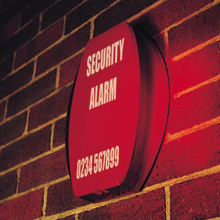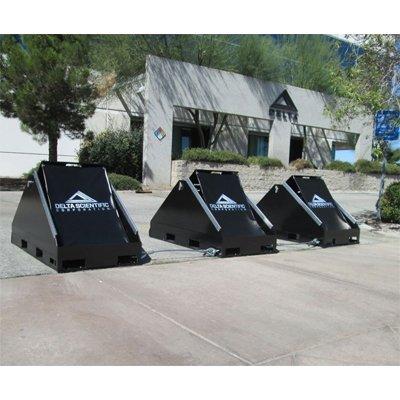 |
| A number of BSIA’s security systems and equipment manufacturer members provided their knowledge during the consultation |
Key organizations from across the security industry have produced an industry agreement on an interim update of the PD 6662 scheme for Intruder and Hold-up alarm systems.
The agreement was written with the input of trade associations, insurers, inspectorates and the police and has taken around four months to produce. The decision was made to produce the agreement outside of the BSI standards framework to allow for a more fundamental review of the PD6662 scheme to take place within the BSI to align with the introduction of the much awaited second amendment to EN50131-1, which is still under development in Europe.
Leading organizations involved in the development of the agreement included the British Security Industry Association, Fire and Security Association, National Police Chiefs Council, National Security Inspectorate, Police Scotland, RISCAuthority, and the Security System and Alarms Inspection Board. A number of the BSIA’s Security Systems and Security Equipment Manufacturer members provided their industry leading knowledge during the consultation.
Enabling Use Of Mobile Devices To Set Or Unset Intruder Alarm Systems
A key focus for members of the BSIA’s Security Systems and Security Equipment Manufacturers has been to ensure that there was a method of enabling the use of mobile devices to set or unset intruder alarm systems; an issue that has been in need of addressing as a result of the restrictions in their use through BS8243, the standard for alarm confirmation, and the lack of clarity in the current EN50131-3 standard.
David Wilkinson, Director of Technical Services at the BSIA, commented: “The BSIA has played an instrumental part in shaping this agreement and we are pleased that other industry organizations have also seen the benefit in contributing and aligning to this.
“The PD 6662 scheme for Intruder and Hold-up alarms systems is somewhat out of date. This industry agreement provides the ideal opportunity to update the existing scheme and enable the use of mobile device technology in this important market sector, while the full review of the PD is undertaken through BSI.”
The introduction of mobile technology enables professional installers to utilize this technology, which they could not under the current PD6662 scheme. In turn, this passes on the benefits of using newer technology to end users or purchasers of Intruder and Hold-up alarm systems.
The Industry Agreement will come into effect on the 1st September 2015 and it is intended that the content of the agreement will be incorporated into the revised edition of PD 6662.
The BSIA will continue to influence the European standards that impact on intruder alarm systems to ensure that wherever possible, the requirements in the industry agreement can be positioned at a European level, negating the need for a long term “national” implementation.
The Association’s Annual Review, published earlier, highlights some of the many standards the BSIA and its members have influenced in the past year.
























